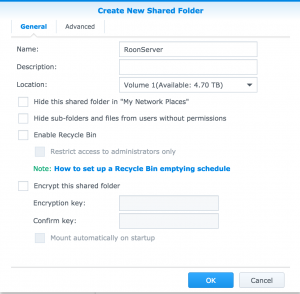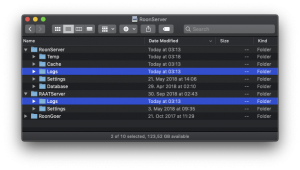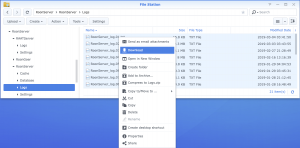If your Diskstation meets the requirements, you can use it as your Roon Core.
Please be aware, that most Synology Diskstations are below the recommended specification. It depends on your use case: Roon offers some cpu intensive features, such as audio upsampling, room correction and other digital signal processing tasks. When you would like to use these features, stream to multiple zones simultaniously or import a large library, the CPU of your diskstation might not be powerful enough.
If you are unsure, if your diskstation is capable of handling your setup, the best way to ensure this, to just give it a try.
Roon Labs hardware recommendation can be read here.



